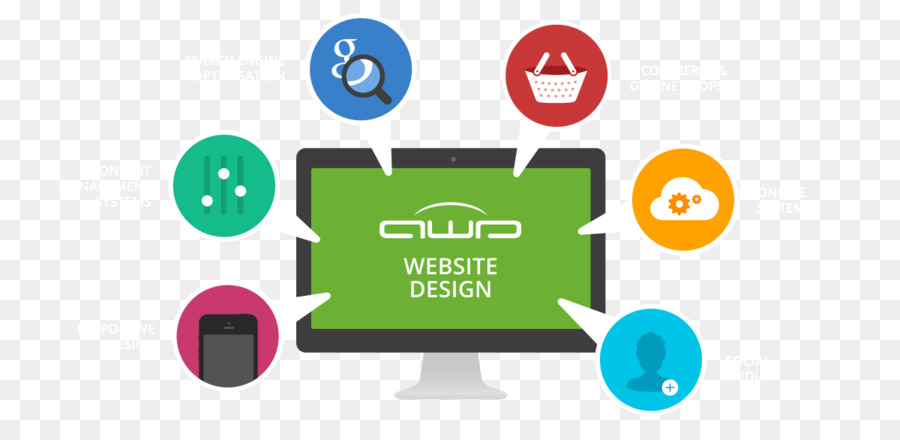Website Layout Fundamentals: Tips For Building A User-Friendly Site
Website Layout Fundamentals: Tips For Building A User-Friendly Site
Blog Article
Created By-Hovmand Devine
When it involves site layout, making certain user-friendliness is vital. From responsive layout to structured navigating, every aspect plays a crucial role in developing a website that accommodates your target market's needs. Yet what regarding the better information that can make or damage an individual's browsing experience? Keep tuned as we reveal some often-overlooked tips that can elevate your internet site's usability to the next level, making it really stick out in the digital landscape.
Value of Responsive Style
Receptive layout is an important facet of modern-day web site development. Ensuring your internet site is receptive means that it can adjust to different display sizes and devices, supplying a smooth experience for users.
With the raising use smartphones and tablets to access the web, having a responsive design is important for reaching a larger audience. It aids in improving customer experience by making your site very easy to navigate and continue reading any type of tool.
In addition, responsive style can positively influence your search engine rankings, as internet search engine like Google focus on mobile-friendly web sites. By having a receptive style, you're also future-proofing your website, as brand-new gadgets with differing display sizes continue to emerge.
Simplify Navigation Framework
To enhance customer experience and facilitate very easy access to details on your site, simplifying the navigating structure is extremely important. When creating your website, concentrate on producing a clear and instinctive navigation food selection that helps visitors locate what they're looking for promptly.
How To Hire A Digital Marketing Agency of menu items to the basics, organizing relevant pages together to prevent overwhelming users. Use detailed labels that plainly show the content of each page, making it less complicated for individuals to comprehend where each link will take them.
Think about carrying out dropdown menus for subcategories to stop littering the major navigation bar. Furthermore, include a search bar plainly on the page for customers who choose searching for certain information.
Prioritize mobile responsiveness in your navigation layout to make certain simple accessibility on all gadgets.
Maximize Web Page Load Rate
Improving page lots speed is important for maintaining site visitors on your internet site. Slow-loading pages frustrate users and can cause high bounce prices. To enhance web page tons rate, begin by enhancing photos. Compress click here to read without jeopardizing high quality to lower their data sizes.
Furthermore, make it possible for internet browser caching to save frequently accessed resources in your area, accelerating tons times for returning visitors. Minify CSS, JavaScript, and HTML files by removing unnecessary characters, comments, and formatting, improving lots rate.
Take into consideration using a web content shipment network (CDN) to distribute your site's material across multiple servers worldwide, decreasing latency for individuals accessing your site from different locations. Last but not least, limit making use of third-party scripts and plugins, as they can considerably affect tons times.
Conclusion
Finally, by including responsive design, simplifying navigating, and optimizing web page tons rate, you can create a straightforward website that interest a wider audience and improves user experience. These essential elements guarantee that visitors can quickly accessibility and browse your website throughout various gadgets, leading to enhanced engagement and satisfaction. By concentrating on these key aspects, you can develop a successful website that maintains individuals coming back for even more.
